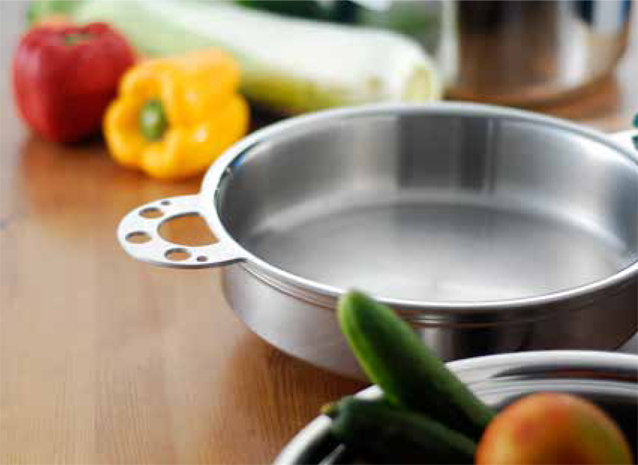

Annual Report
2016
Ni Hsin Resources Berhad
(653353-W)
11
Management Discussion And Analysis
(continued)
Risk Factors
(i)
Few major Customers
Sales to our ten (10) largest customers accounted for approximately 61% of our total revenue in FY2016. Although we enjoy a
good rapport with them, there can be no assurance that these customers will continue to procure the Group’s products. Failure to
maintain our business relationship or reduction in orders from these major customers may materially affect our operating results.
We attempt to mitigate any loss of customers by having integrated manufacturing capabilities to offer exclusive product design
to our OEM/ODM customers. We face stringent production and operational audits by our customers as they require a reliable
manufacturer to protect their brand name. These OEM/ODM customers would visit our R&D and manufacturing facilities and
conduct stringent quality tests on the sample products before accepting us as their OEM/ODM partner. Once accepted as their
OEM/ODM partner, we usually maintain long term relationships with our customers.
We also attempt to mitigate the risk of over dependency on our existing major customers by continually seeking new customers.
We would also continue to enhance our value-added services propositions, improve our service levels, making regular visits to
our customers to listen and respond to their needs and feedback on the products and business concerns, broaden our products
range and develop a more diversified market both locally and overseas. We are also developing our own brand of premium
stainless steel multi-ply cookware for the local and overseas markets, called PENTOLI.
(ii) Competition from Overseas Players
Locally there is not much direct competition among the local stainless steel cookware manufacturers. The cookware market is
segregated into three (3) different segments, namely, low-end, medium range and high-end. Our Group is positioned in the high-
end segment and there is no other local stainless steel cookware manufacturer in this segment. Nevertheless, low pricing from
low-end and medium range manufacturers and imported high-end cookware pose a threat to our market share.
On the global front, we face competition from a few OEM and ODM high-end stainless steel cookware manufacturers such as
Spring AG (Switzerland), West Bend Cookware (USA), Regal Ware Inc (USA) and Lagostina (Italy).
In recent years there has been an increasing trend of outsourcing high-end stainless steel cookware to manufacturers in Asia,
especially Malaysia, the People’s Republic of China and South Korea, due to lower operating costs in these countries thus
increasing the competition.
Our Directors are of the view that we possess the necessary strengths to maintain our competitiveness. Our competitive
strengths include synergistic operations in the manufacturing of our raw materials – our own proprietary multi-ply clad metal,
strategic partnerships with our customers via our OEM/ODM strategies, strong R&D capabilities, experienced management team,
consistent high product quality, innovative designs, competitive pricing, prompt delivery and efficient production.
(iii) Shortage or Increase in Prices of Raw Materials
Our principal raw material is stainless steel sourced from Japan and aluminium which is sourced locally. We purchase our raw
materials from a pool of suppliers who have an established track record and are able to provide constant supply at competitive
prices promptly.
We are also exposed to the risk of increase in prices of raw materials. Notwithstanding this risk, we may still be able to maintain
reasonable margins by passing the increase in cost to our customers who are familiar with raw material price fluctuations. Our
management has extensive experience in purchasing raw materials. In the FY2016 the management made some bulk purchases
of raw materials at a favourable price in anticipation of price increases.
(iv) Foreign Exchange Fluctuations
We are exposed to the foreign exchange risk through our exports to other countries such as Japan, USA, Europe, Australia and
the Asia Pacific. Our exports to these countries are mostly denominated in USD. Our purchases of imported raw materials are
also denominated in USD. As such, we have a natural hedge against foreign currency exposure.



















